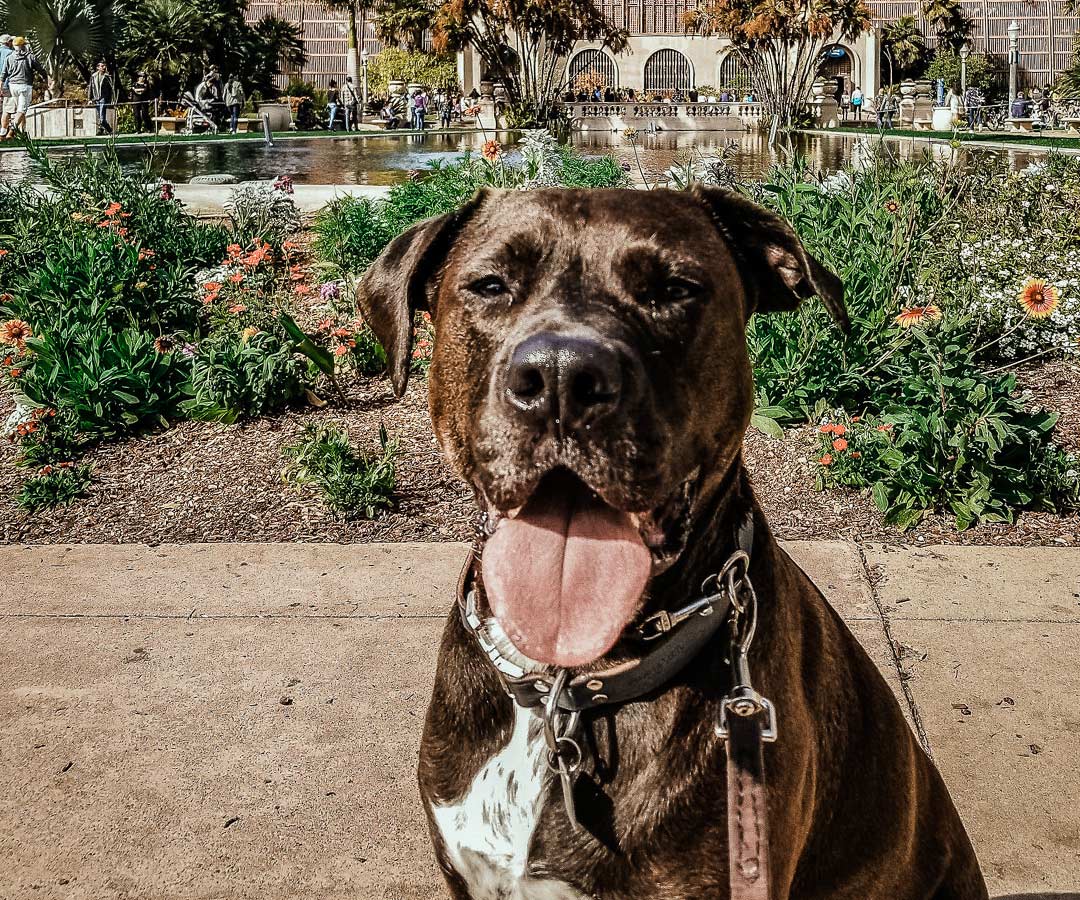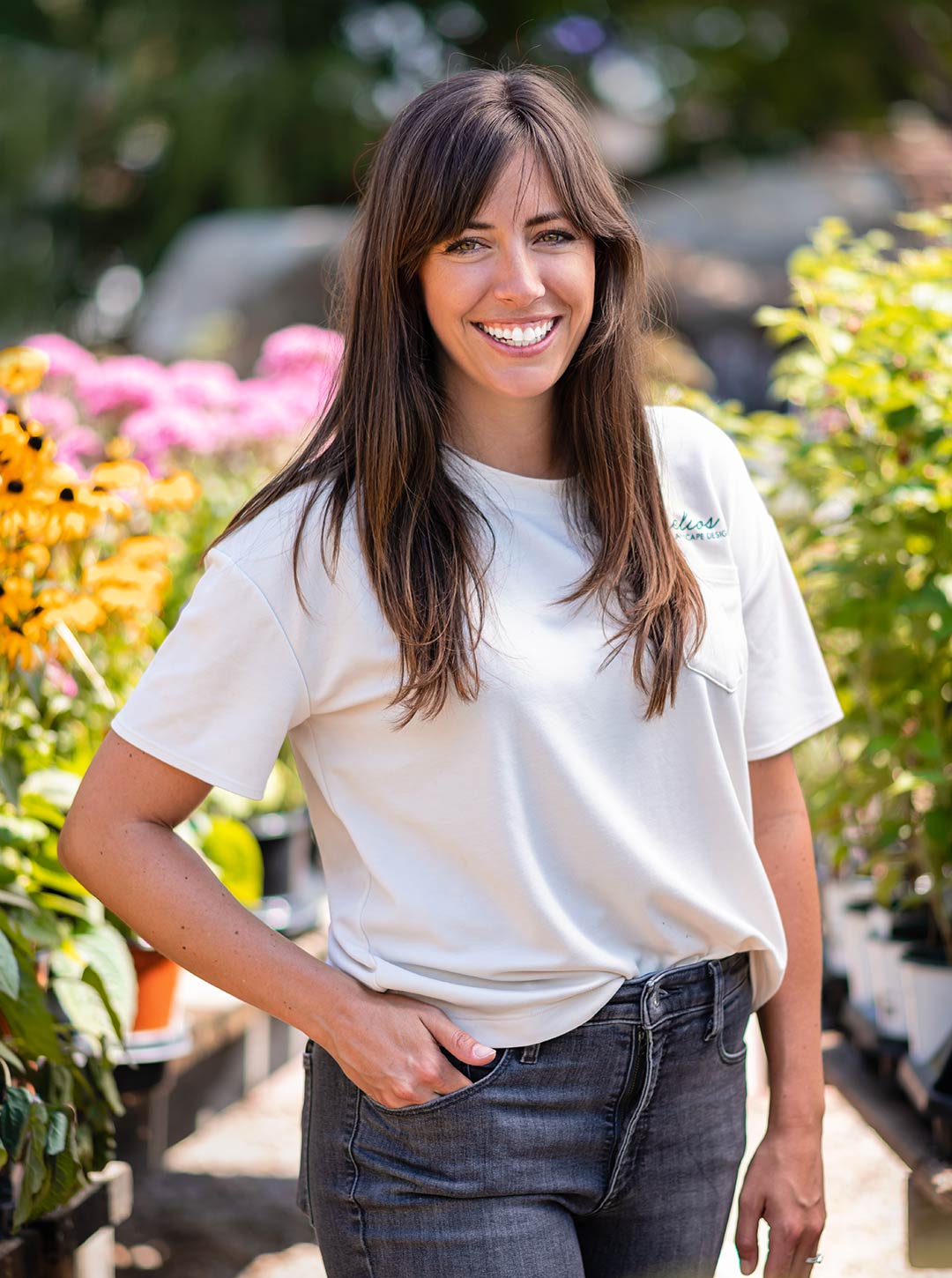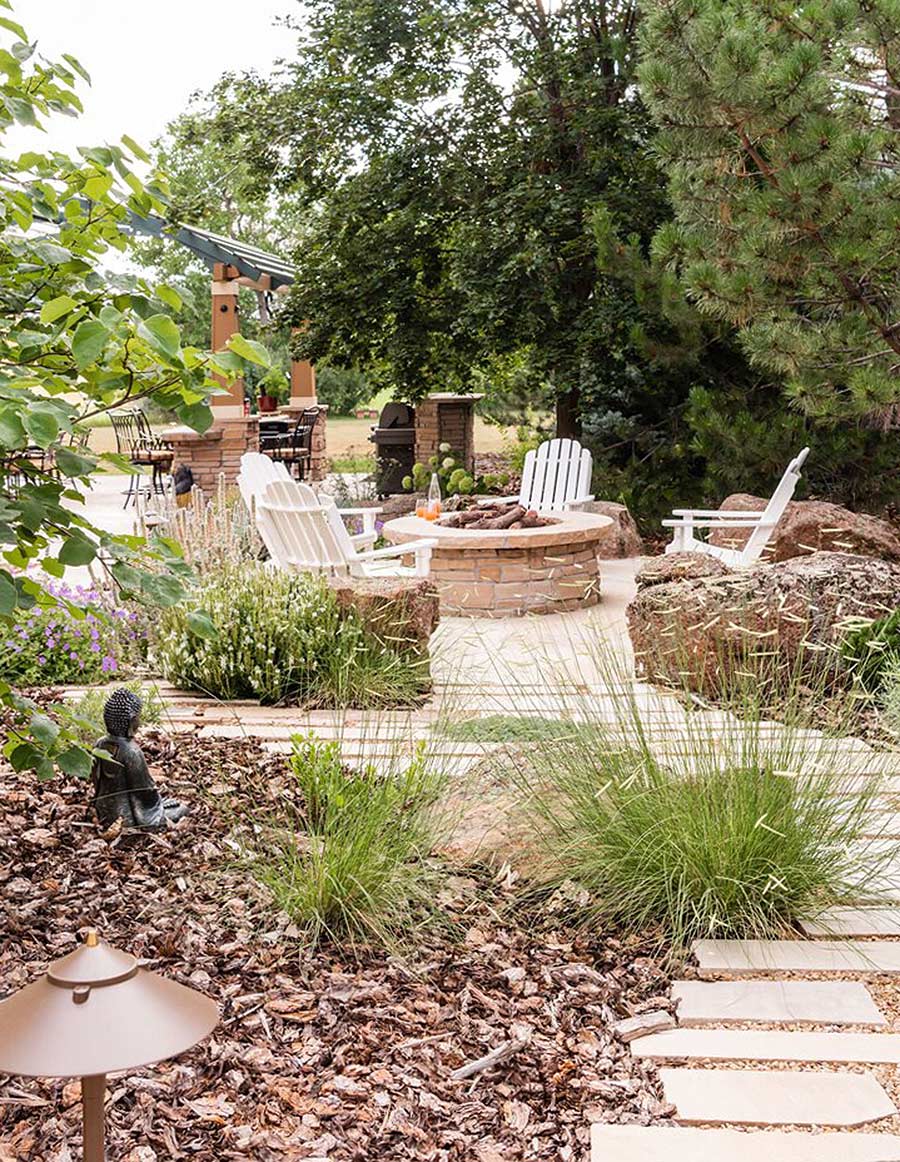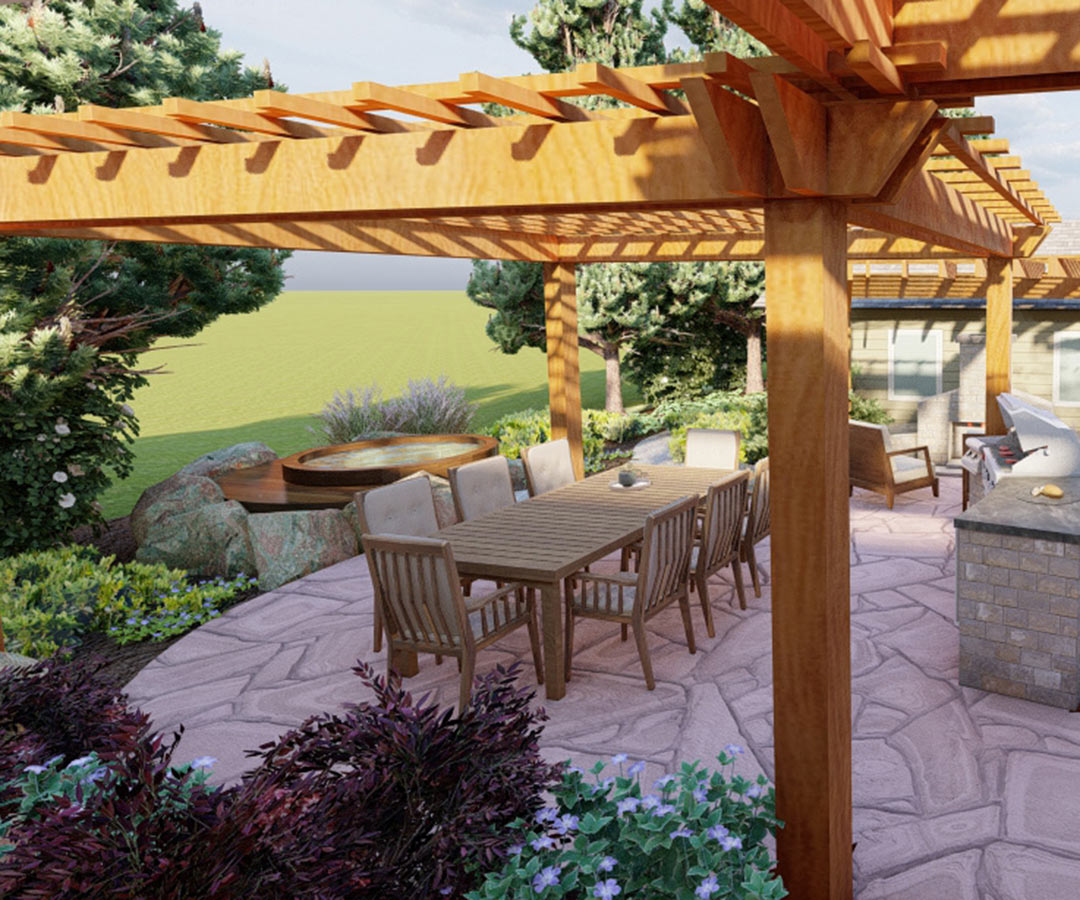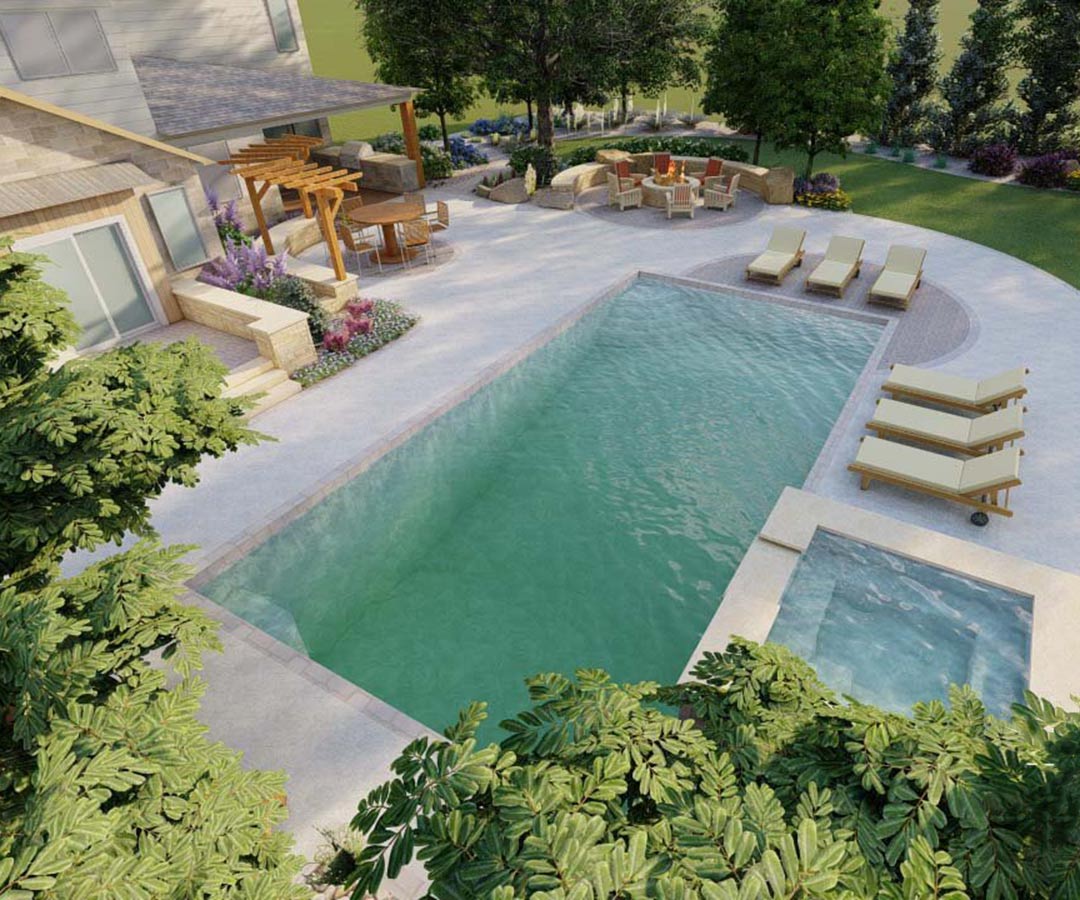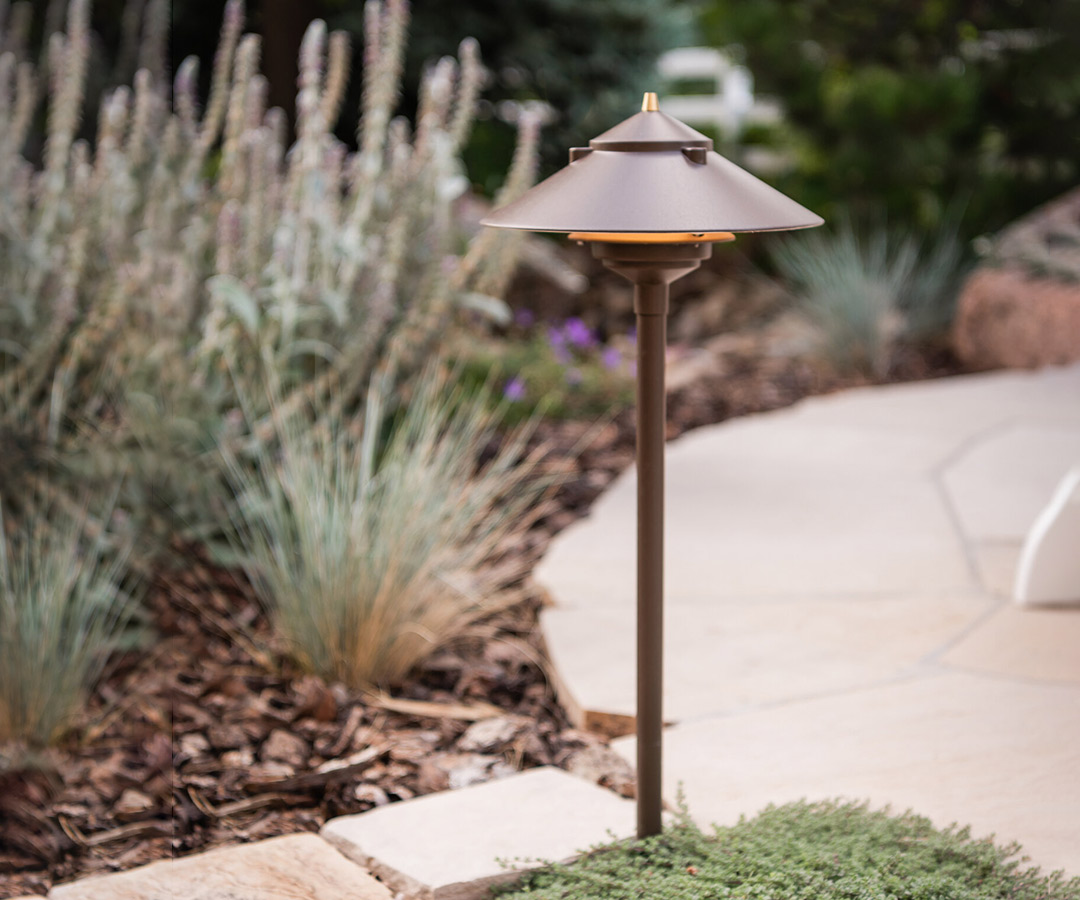If you’re a dog lover like we are, then making sure your four-legged friend will enjoy your yard as much as you is a top priority!
However, sometimes, our furry friends can be very destructive, especially when they are puppies. This blog will have some tips and tricks on how to keep your dog entertained in your yard and as “puppy proof” as possible.
The most important thing you can do for your dog to ensure their safety in your yard is to install a fence. You’ll need to check with your HOA for specific guidelines but generally, a 6’ privacy fence is ideal to prevent large breeds from escaping or from being tempted to chase after whatever they see beyond the fence. Make sure nothing like sheds or planter boxes provides launching points for your dog to bound over the fence. Also, frequently monitor where your fence meets the ground to be sure Fido or other rodents haven’t tunneled underneath. Other types of fences you may consider are a welded wire fence with either split rail or wood framing details. Electric fences are not our first choice because neighbors can be intimidated if they see your dog patrolling the boundary with no visible barrier and they also provide no protection to your dog from any intruding wildlife or other dogs. Along with the fence, we recommend maintaining a border of plant-free space along the edge since dogs frequently pace along the boundary to defend their territory. If you have a digger, you may consider some larger cobble (minimum 2-4”) to further protect the boundary from damage.


Other ways to ensure your dog’s safety in your landscape are to select appropriate plant material. If you have a grazer, be sure to check our earlier blog on pet-safe plants. But generally, ornamental grasses, turf grass, roses, herbs, and palms are safe. Some puppies may also be prone to chewing and swallowing small rocks. If that is the case with your puppy, be sure to enlist the help of a trainer to correct this behavior, but also consider using larger cobble or something like decomposed granite in your landscape instead. Pools can also be a danger for dogs. Be sure that your dog knows how to swim and even if they do not like water, you need to teach them how to get out of the pool. Unlike a natural water feature like a pond where dogs instinctively know the edge is shallower, a pool can be very deceptive. Dogs can become exhausted and prone to drowning if they accidentally fall into a pool and are frantically searching along the edge for the way out. To avoid a tragedy, train your dog about water safety and don’t let them in/around the pool unless you are supervising.
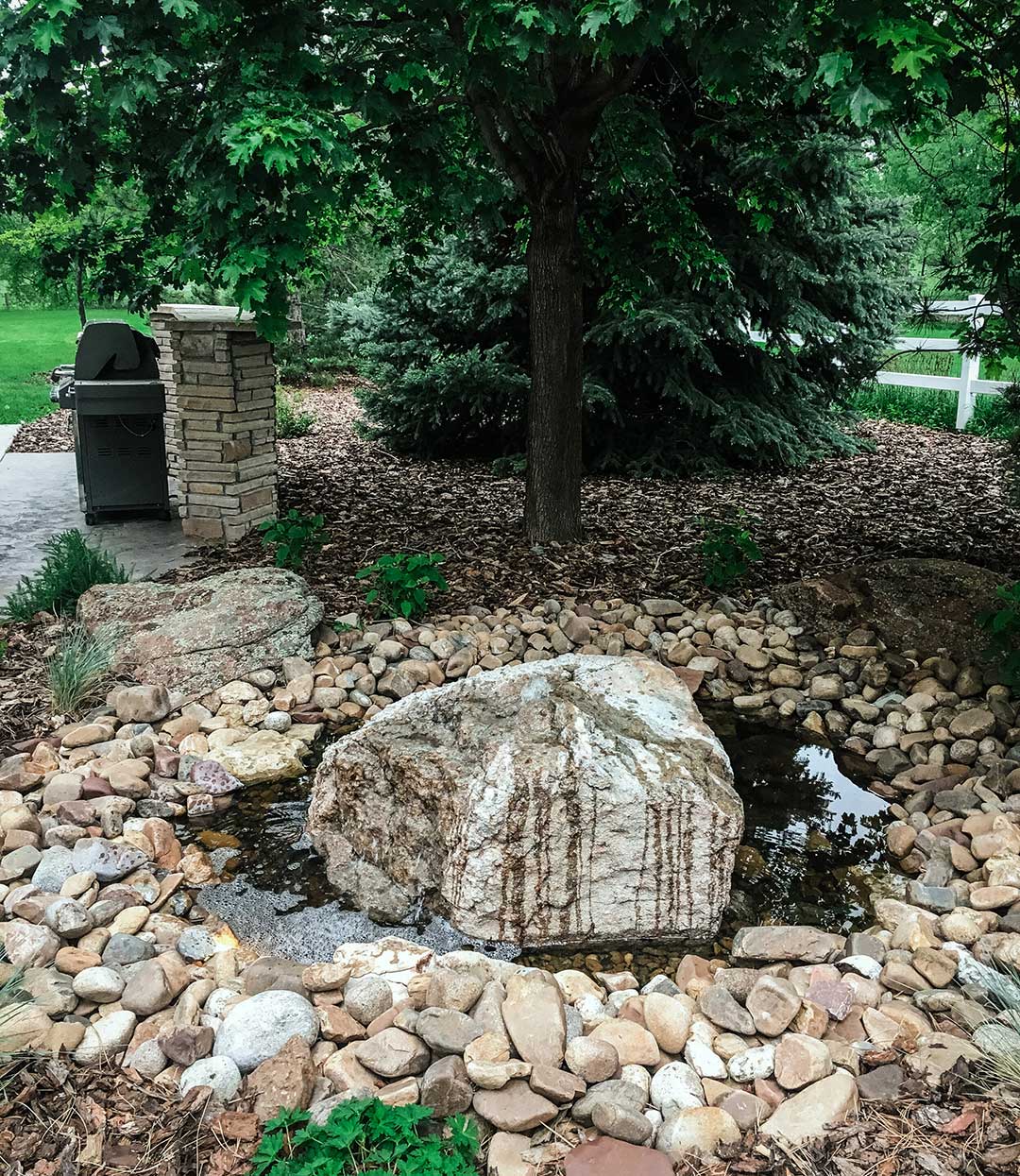
Another feature you should consider in your landscape is a designated doggy relief area. This is especially important if you have a smaller yard. It can be a party stopper if your guest accidentally steps in a puppy bomb on the lawn. We recommend using a surface like decomposed granite for a dog relief area. It has close to the hardness of concrete so you won’t end up picking up a ton of it whenever you are cleaning the area as you would gravel. Also, its porosity allows water to filter smaller particles and urine out. If you have a male dog, some strategically placed boulders or even a fire hydrant fixture give some height for them to aim for instead of neighboring plant material. While it takes time to train your dog to use a relief area, the rewards are well worth it for both the convenience and the health of the rest of your landscape. Even with the introduction of turf species such as the ‘Dog Tuff’ lawn, all plant material will be prone to dieback from burn due to salts and nitrates in dog urine.
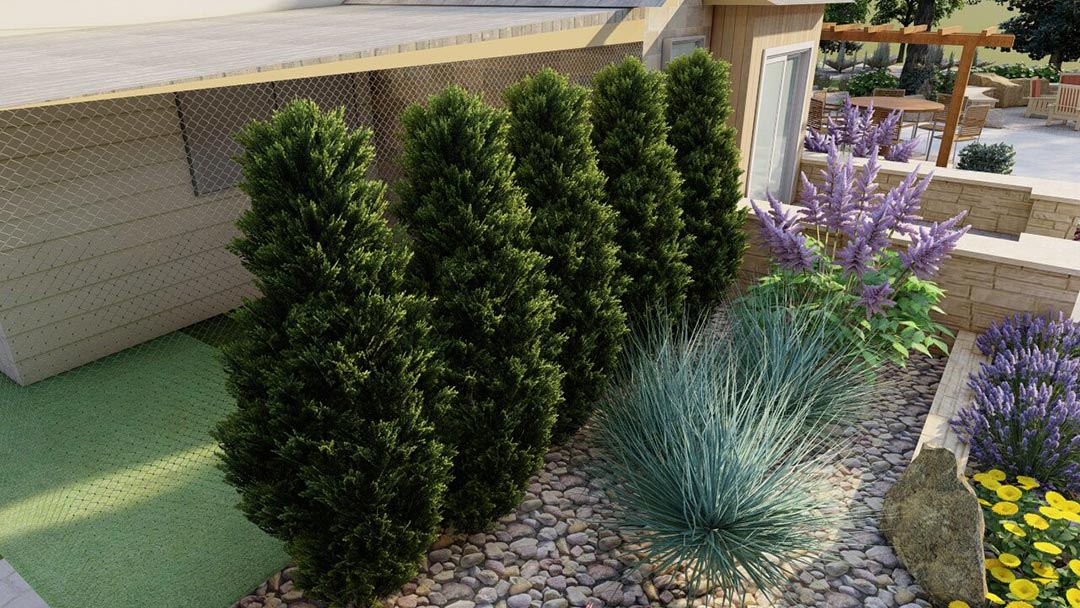
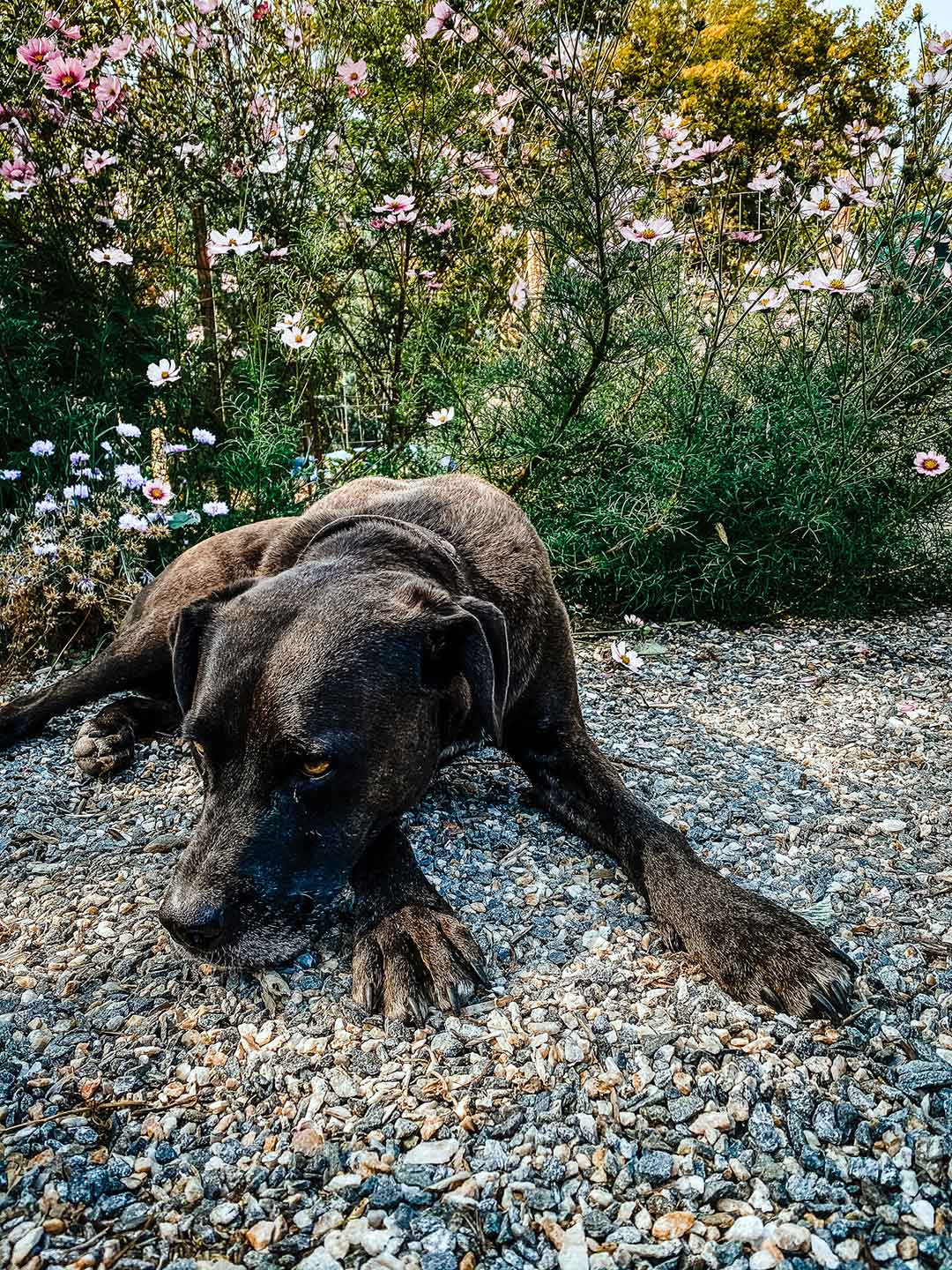
A final feature you may consider in your dog-friendly landscape is a dog run. Maybe you have small dogs that you’re worried about letting out at night or when hawks are overhead. Or you have large dogs that can be intimidating to your guests at a backyard bbq. A dog run can be a perfect solution. An additional interior fence keeps your furry friends sequestered in an area of the yard and you can provide a solid roof or even a kennel structure to protect them from the elements. The dog runs can be attached to the house with a dog door to allow the dog to go in and out without bothering you. You might also consider adding a dog-wash station to allow for easy cleaning after a muddy spring hike! Most people choose a combination of concrete and decomposed granite or artificial turf for the ground of their dog runs. The decomposed granite or artificial turf serves as the dog relief area. If you do decide to go with artificial turf, be sure that you lay it on top of sand on native soil so that liquids and bacteria can be drained through. Artificial turf placed directly on top of concrete in a dog run quickly turns into a very smelly biohazard that will require cleaning with harsh chemicals. If you leave the plastic open to the native soil then microbes within the soil will help break down bacteria/small particles for you. You may also consider adding a substance called zeolite to your artificial turf. It is a volcanic byproduct that helps with odor absorption. Finally, as with anything plastic or rubber derived remember artificial turf does have a life span, usually between 10-15 years depending on the grade you use. There isn’t a way to recycle this product so you will have to take it to the landfill, often with a hefty disposal fee.
For more tips and tricks for a dog-friendly landscape contact Helios today!
